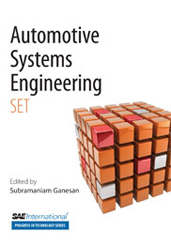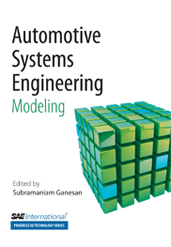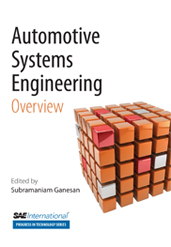Journal Article
A New Metamodeling Approach for Time-Dependent Reliability of Dynamic Systems with Random Parameters Excited by Input Random Processes
2014-04-01
2014-01-0717
We propose a new metamodeling method to characterize the output (response) random process of a dynamic system with random parameters, excited by input random processes. The metamodel can be then used to efficiently estimate the time-dependent reliability of a dynamic system using analytical or simulation-based methods. The metamodel is constructed by decomposing the input random processes using principal components or wavelets and then using a few simulations to estimate the distributions of the decomposition coefficients. A similar decomposition is also performed on the output random process. A kriging model is then established between the input and output decomposition coefficients and subsequently used to quantify the output random process corresponding to a realization of the input random parameters and random processes. What distinguishes our approach from others in metamodeling is that the system input is not deterministic but random.






